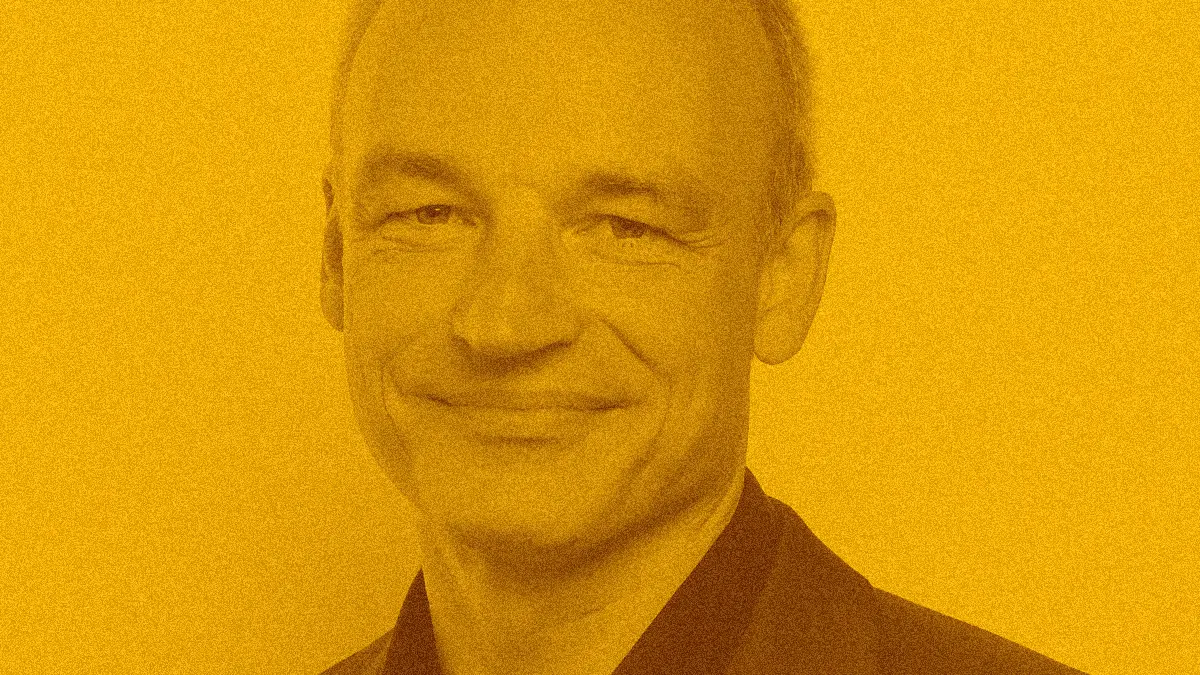Episode 122 of The Informed Life podcast features a conversation with independent researcher and coach Sönke Ahrens. He is best known as the author of How to Take Smart Notes, a popular book on the zettelkasten method of note-taking. In this conversation, we discuss the role of notes in thinking and learning, with a focus on zettelkasten-inspired note-taking.
Sönke explained some of the core principles of zettelkasten. We discussed Niklas Luhmann’s implementation, which is central to How to Take Smart Notes. Luhmann’s approach was not just analog, but also somewhat linear: although the focus was on capturing atomic notes, they were linked primarily in a sequential structure.
Sönke highlighted the importance of linking concepts rather than just words, which leads to a deeper understanding of what is being studied:
I think the the mindset people often have when they link to a particular word, it’s a focus on the word itself and not on the concept and the idea behind the word. Luhmann also had an index to quickly find his way around the zettlekasten. But he also had like ‘hub’ notes where he points to different aspects of a particular topic.
And I think the difference between concepts and words are extremely important because you have to understand what you’re linking to. You’re not just linking to something that happens to have the same word, but you link to something that is actually on a content level relevant for the idea you’re developing. And that note you’re linking to might not even have the same word in it. It might be discussed with another term or another concept or another word. So it’s a system that nudges you constantly to reflect on what you’re actually talking/writing about, and any connection that makes sense has to be a connection that is well understood.
In teaching and writing about the subject, I’ve often emphasized the importance of frictionless linking, as afforded by tools like Roam Research and Obsidian. But Sönke pointed out that there might be value in friction during linking:
When you don’t have to put effort into linking, you tend to link too much and you tend to link to the things that pop into your mind most quickly. If you have to put a little bit more effort and time into it, you think more on the content level and you are much more selective with what you’re linking to.
Thinking through note-taking isn’t just about taking down ideas. We discussed three distinct but related phases: collecting ideas, connecting ideas, and contextualizing ideas. Externalizing them in a note-taking system helps get some distance:
if you want to change your mind about something, you have to get some distance to that. And it’s very difficult to change your mind about something when it’s only in your mind. And the moment you write it down, you get literally some distance to it and it makes it much more easier, to deal with that as if it were a thought of someone else. And not writing explicitly what you think about something — what you read or have on your notes — makes it very difficult to connect to that as something that it’s not just in the background and shaping your ideas, but it is something you can actually discuss and put into contrast with other people’s ideas. So getting this kind of distance to what is only implicit in the beginning is maybe the most important aspects of note taking in general.
I asked Sönke who is the ideal audience for this way of working, he suggested that it’s especially valuable for people who prioritize the continuity of learning. That is, those who have a long-term perspective on the information they’re dealing with. This is in contrast to audiences such as medical doctors, who must prioritize for recent developments.
In all, this was a stimulating conversation and a great introduction to the principles of zettelkasten. I’ve been influenced by How to Take Smart Notes; it was a privilege to be able to discuss these ideas with its author.
